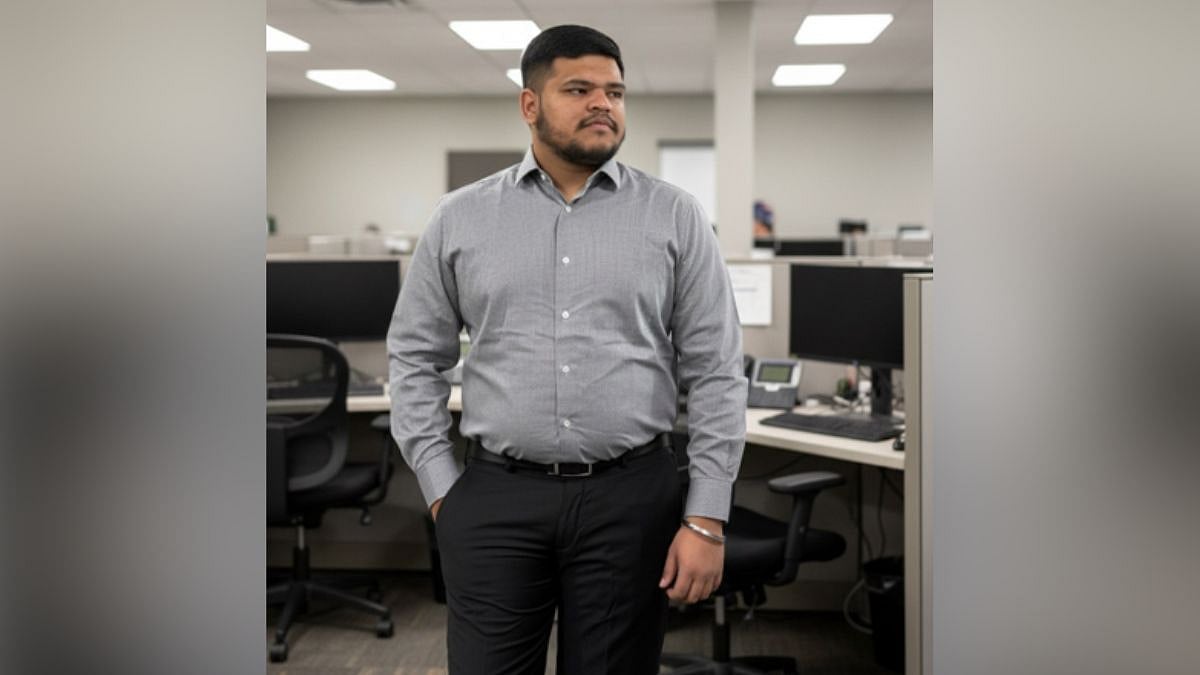In the fast-evolving landscape of digital transformation, cloud migration has become a defining priority for enterprises worldwide. Yet, despite extensive planning, organizations often encounter costly setbacks when unforeseen infrastructure dependencies surface during migration.
These hidden interconnections, if left unidentified, can trigger downtime, compliance risks, and operational instability. Reportedly, industry experts argue that while cloud adoption promises scalability and resilience, the true challenge lies in building visibility into complex legacy systems before any transition.
It is in this context that Mohan Siva Krishna Konakanchi, a seasoned leader in enterprise technology, has emerged as a voice of authority. With years of experience driving high-impact cloud migration initiatives, he has designed and executed frameworks that have consistently reduced migration failures by over 50 percent.
Adding to this, his approach has accelerated migration timelines by 30 percent, enabling businesses to harness the benefits of the cloud without disruptive interruptions.
As per the reports, Mohan’s work reflects not only technical precision but also an ability to foster collaboration across engineering and architecture teams, embedding governance and reusable frameworks that improve organizational agility.
Throughout his career, Mohan has been instrumental in uncovering and addressing hidden infrastructure dependencies that often remain invisible until they cause disruption. One of his most notable achievements includes creating automated discovery and dependency mapping pipelines that identify potential risks early in the migration process.
This systematic approach has not only prevented failures but also decreased post-migration incidents by 40 percent. Furthermore, he has been credited with improving operational reliability and ensuring that enterprise applications perform seamlessly across multi-cloud and hybrid environments.
Reportedly, his leadership in embedding observability and monitoring mechanisms has allowed organizations to proactively resolve issues before they escalate into major disruptions.
Among his biggest projects, he led the migration of a large suite of enterprise applications to a cloud-native ecosystem, where his early identification of hidden interconnections between services prevented large-scale failures.
Adding to this, he designed a repeatable migration framework integrating automated testing, rollback mechanisms, and environment validation, creating a model that has since been adopted as a best practice within his organization. This work not only saved time and costs but also set a standard for future transitions across the enterprise.
Challenges were inevitable in this space, and he has consistently shown the ability to transform them into opportunities. Hidden dependencies in legacy systems were one of the most significant barriers, and through innovative use of automation, he created a solution that minimized failures and boosted confidence in cloud adoption.
Another recurring challenge was balancing the urgency of fast migrations with the demand for reliability and compliance. Reportedly, his insistence on embedding governance and validation processes ensured that speed never compromised stability, an approach that has earned recognition across the industry.
Coming from the expert table, Mohan Siva Krishna Konakanchi believes that the future of cloud migration lies in greater intelligence and foresight.
“Organizations must view cloud migration as a strategic initiative, not just a technical exercise,” he notes, emphasizing the role of AI-driven dependency analysis tools, shift-left migration planning, and integrated observability in shaping the next generation of best practices.
His perspective underlines that successful migration is not about moving workloads alone but about building scalable, resilient systems that enhance long-term business agility.









